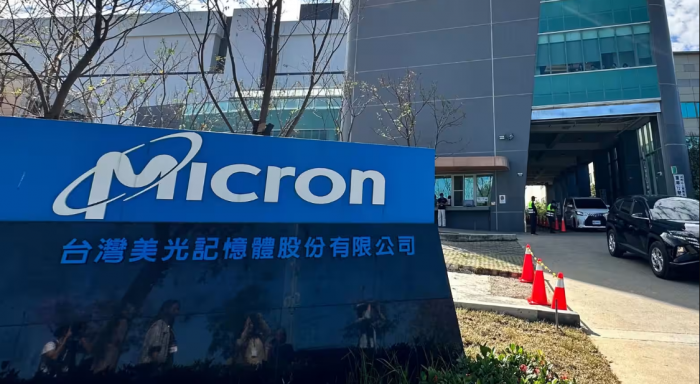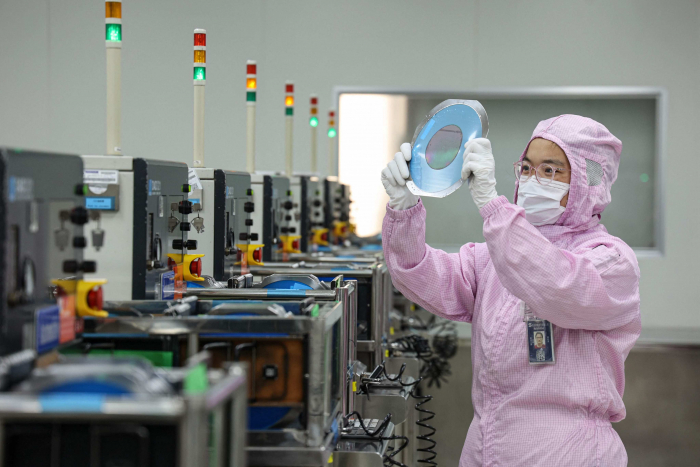Marketing was once a game of billboards, direct mail, and TV ads. Brands spoke, and consumers listened. There was little room for feedback and personalization. So, when did everything change? When technology started making its mark. The internet, smartphones, and social media didn’t just introduce new tools — they redefined the rules. Businesses no longer market to people; they market with them. And today, success depends on how well brands can adapt, engage, and innovate.
This article explores how marketing has transformed from its traditional roots to the dynamic digital age. Whether you're a student, entrepreneur, or marketing professional, understanding this journey is key to staying relevant.

1. The Power of Design in the Digital Age
In a world where consumers scroll past hundreds of posts and ads each day, visual impact matters. Good design doesn’t just look nice—it communicates. It simplifies complex messages, evokes emotion, and builds trust. In digital environments, where attention spans are short, and competition is fierce, design is often what decides whether content is ignored or explored.
Beyond aesthetics, modern marketing design includes user experience. How a website feels, how easy it is to navigate, and how quickly users can find what they need all shape their perception of a brand. The same goes for app interfaces, product packaging in e-commerce, and even email layout. Design is no longer an afterthought; it’s strategic.
Because of this, a communications design degree has gained tremendous relevance. It equips students with more than just technical skills—it trains them to think visually, understand audience psychology, and adapt across platforms. Professionals with this background can move fluidly between branding, social media, UI/UX, and motion graphics. As marketing continues to evolve, the demand for skilled designers who also understand communication continues to grow.
2. The Internet Changes the Playing Field
The arrival of the internet radically changed how businesses connect with consumers. Suddenly, having a website became as important as having a storefront. Email marketing replaced the need for physical mailers. Search engines offered visibility based on relevance, not just ad spend.
What set internet marketing apart was its interactivity and reach. Even small businesses could attract customers beyond their geographic location. Campaigns could be launched quickly, edited in real-time, and analyzed for performance. Digital platforms allowed marketers to experiment, test, and adapt faster than ever before. What once required weeks of planning and printing could now happen instantly with a few clicks.
This era marked the beginning of data-informed strategy and opened the path to highly personalized experiences, something traditional methods couldn’t deliver.
3. Social Media: The Birth of Two-Way Communication
Social media introduced something that marketing had never really seen before—real-time, two-way communication. Platforms like Facebook, Twitter, and Instagram allowed brands to not only speak but also listen. Consumers could comment, share, critique, and even co-create content. Engagement became a key metric, and conversations replaced monologues.
Marketers had to adapt quickly. It wasn’t enough to be present online; they had to be relatable, responsive, and relevant. This shift led to the rise of community management, influencer marketing, and user-generated content. Campaigns became more human and interactive, and the brand-customer relationship began to resemble a dialogue rather than a lecture.
Social media also democratized reach. Viral content could turn a small brand into a household name overnight. But it also meant that missteps could spread just as fast, requiring brands to be more transparent and accountable than ever before.
4. Data-Driven Decisions and the Age of Personalization
One of the most powerful shifts in digital marketing is the use of data to guide decisions. Marketers can now track nearly every aspect of a campaign—from click-through rates and bounce rates to audience demographics and user behavior. This data isn’t just collected; it’s analyzed and used to refine strategies, segment audiences, and personalize messaging.
Personalization has become a standard expectation. Whether it’s a Netflix recommendation or a product suggestion in an email, users respond better when content feels tailored to their interests.
5. Content Is (Still) King – But Now It's Everywhere
The phrase “content is king” remains true, but content itself has taken on new forms and meanings. In the digital world, content goes far beyond blog posts and static web pages. It includes videos, reels, podcasts, infographics, eBooks, email campaigns, and even memes. Brands that want to be heard must show up consistently—and creatively—across multiple platforms.
What makes digital content different is its demand for immediacy and relevance. People expect fresh, engaging material that speaks directly to their needs or interests. Algorithms reward interaction, so content that sparks likes, shares, or comments performs better. This has forced marketers to become storytellers, strategists, and creators all at once. The emphasis is no longer just on delivering a message but on building a connection.
6. Mobile Marketing and the Always-Connected Consumer
Mobile phones have changed everything about how we consume information. People don’t wait until they’re in front of a computer to browse, shop, or engage—they do it while standing in line, commuting, or relaxing at home. That constant connectivity means marketers have to meet audiences where they are: on their phones.
This shift has driven the need for mobile-optimized websites, responsive email templates, and mobile-first ad formats. Apps have also become a vital part of the marketing toolkit, especially for brands looking to create loyalty through personalized experiences and push notifications.
Mobile marketing is not a side channel—it’s often the first and most important point of contact. Brands that ignore it risk losing visibility and relevance.
7. The Role of Automation and AI in Modern Campaigns
Technology has made it easier to scale marketing efforts without losing a personal touch. Automation tools can schedule posts, segment audiences, trigger emails based on behavior, and even recommend the best times to publish. This frees up time and reduces human error, allowing marketers to focus on strategy and creativity.
AI takes this further. It powers recommendation engines, chatbots, dynamic pricing, and predictive analytics. Marketers can now forecast customer behavior, customize messaging on a one-to-one level, and adjust campaigns in real-time based on performance. In a nutshell, what once required a large team can now be done by a few people with the right tools.
Embrace the Evolution
Marketing has come a long way from printed flyers and television spots. Today, it’s a blend of creativity, technology, and strategy. The journey from traditional to digital hasn’t just changed how businesses sell; it’s reshaped how they connect, listen, and build trust.
Understanding where marketing has been and where it's going helps professionals stay sharp, responsive, and relevant. Whether you're just starting out or evolving your current approach, embracing these changes isn't optional—it’s essential for success in the modern world.
Post Comment
Be the first to post comment!





